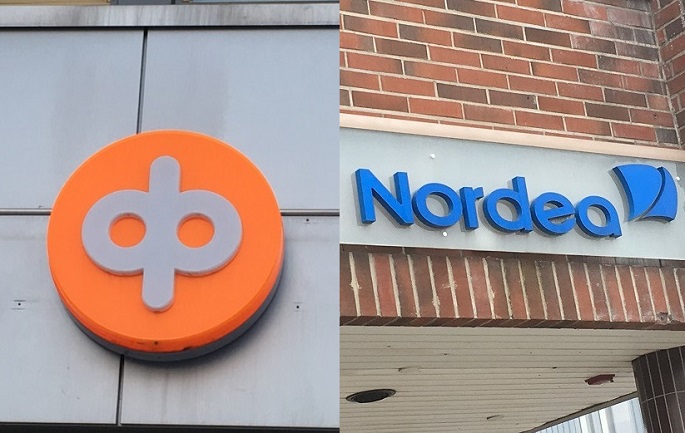OP, Nordea forecast economic growth despite pandemic
Published : 26 Jan 2022, 19:11
Financial Groups OP Pohjola (OP) and Nordea predicted Finnish economic growth despite the ongoing worsening coronavirus situation in the country.
Finnish GDP should grow by 2.7 per cent in 2022 as predicted earlier, according to OP’s economists.
The record-high inflation rate in the euro area is predicted to slow down this year, but is expected to be higher than in the pre-pandemic years, said OP in the press release on Wednesday.
OP’s economists expect that the increased rate of Covid-19 infections will slow down Finnish economic growth only on a temporary basis. Finnish GDP is expected to grow by 2.7 per cent in 2022 as predicted earlier, and the economy should continue its recovery towards the rest of the year faster than previously estimated.
The improved mood in the latter half of 2022 is expected to sustain in 2023, and OP’s economists forecast that GDP will grow by 1.7 per cent in 2023 as against 1.4 per cent predicted earlier.
“The waves of the Covid-19 pandemic have time after time affected the economy less than before. It is likely this time too that the Omicron wave will mainly set the pace for economic development instead of changing the big picture of the economy,” said Reijo Heiskanen, OP Financial Group’s Chief Economist.
Part of the economy will again be hard hit by the worsening Covid-19 pandemic but, for example, OP’s card payment data has not dipped because of the worsening health situation. Other economic indicators too have remained positive.
Finnish economic growth will this and next year will be broad-based. Exports, fixed investments and consumer spending are expected to do well. The recovery of exports is above all supported by services because goods exports suffer from capacity constraints not only in the world market but also in Finland.
Fixed investments will benefit from strong demand and industrial investments are expected to continue to pick up while construction is expected to slow down. Consumer spending should grow further on the back of the favourable situation in households.
“A large part of the quite brisk pace of economic growth still has to do with the recovery from the recession in the service sector caused by the Covid-19 pandemic. It is, however, exhilarating that expansion investments in industry are getting off a good start. That may also improve the outlook for growth in the longer term,” said Heiskanen.
Although the inflation rate rose strongly towards the end of 2021 due especially to an increase in energy prices, Finland was one of the euro area countries with the lowest rates at that time. OP’s economists forecast that the inflationary peak has passed. However, the inflation rate is expected to be two per cent higher throughout 2022.
OP’s economists forecast that the inflation rate in Finland will be an average of 2.7 per cent in 2022 and slow down to slightly under two percent in 2023.
Employment is expected to improve further, and the unemployment rate should fall to 6.3 per cent in 2023, which is the lowest level since 1990. Public finances are, however, anticipated to continue to show a deficit in 2023 too.
“There is a peculiar asymmetry in the economy. The general mood is full of uncertainty and some companies are suffering much from the Covid-19 pandemic. However, based on macroeconomic indicators, we should see the strongest boom during 2022–2023 since the late 1980s,” Heiskanen added.
Meanwhile, economists of Nordea forecast that the pandemic continues to rage, but the global economic outlook remains benign.
“After a solid 5.5 percent growth in 2021 we expect global growth to land at 4.1 percent this year and 4.2 percent in 2023,” said Helge Pedersen, Nordea Group Chief Economist.
New resistant variants of the virus, increasing geopolitical tensions and high inflation pose the greatest risks to the growth prospects, said Nordea in a press release.
The Nordic countries are among those that, measured on all parameters, have fared best through the pandemic and the economic outlook remains solid.
The Finnish economy has almost fully recovered from the recession caused by the coronavirus and is currently in an upswing, however, the spread of the Omicron variant will dampen economic growth in the first quarter of the year.
The service sector will continue its recovery later this year although elevated inflation is chipping away at consumers’ spending power. Investments are expected to pick up on the back of high demand in the manufacturing sector, residential construction growth and the green transition.


